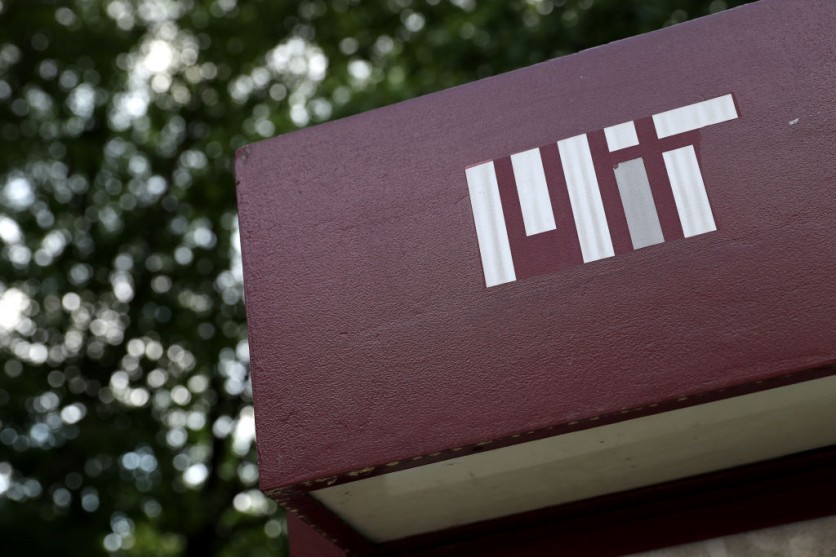MIT engineers have introduced a breakthrough in authentication technology with the development of a tamper-proof ID tag.

A sign on the campus of Massachusetts Institute of Technology on July 08, 2020 in Cambridge, Massachusetts.
Introducing New Tamper-Proof ID Tag
Unlike traditional RFID tags, which are known for their size, cost, and susceptibility to counterfeiting, MIT stated in its press release that this innovative cryptographic chip utilizes terahertz waves for enhanced security and affordability.
Significantly smaller and more cost-effective than RFID tags, the new ID tag boasts improved security measures. It leverages the distinct pattern of metal particles within the adhesive, effectively serving as a unique fingerprint.
This feature enables the authentication system to detect any tampering attempts, such as removing and reattaching the tag to a counterfeit item.
Although initially invented by MIT researchers several years ago, the previous iteration of the tag shared the same vulnerability as RFID tags. However, engineers have successfully addressed this flaw by incorporating an anti-tampering feature, capitalizing on the properties of terahertz waves.
This advancement marks a significant leap forward in authentication technology, promising both heightened security and cost-effectiveness.
Terahertz waves, situated between microwaves and infrared light, offer advantages over traditional radio waves: higher bandwidth, improved resolution, and lower power consumption. They also penetrate materials like clothing and plastic.
The new tag uses tiny slots to allow terahertz waves to reach the adhesive layer. This layer contains microscopic metal particles that reflect the waves randomly, creating a unique pattern.
The tag deciphers this pattern into a digital code, forming a distinct fingerprint for the item, which is then compared to a database for authentication.
Testing Effectivity
To confirm the tag's effectiveness, engineers created a compact, light-powered chip and developed a machine-learning model to identify similar adhesive patterns with 99% accuracy.
When it was time to test the antitampering tag, Lee encountered a significant challenge: acquiring precise measurements to determine the similarity between two glue patterns proved to be extremely difficult and time-consuming.
Seeking a solution, Lee enlisted the help of a colleague from the MIT Computer Science and Artificial Intelligence Laboratory (CSAIL).
Together, they addressed the issue by harnessing the power of artificial intelligence (AI). Through rigorous training, they developed a machine-learning model capable of accurately comparing glue patterns, achieving a remarkable accuracy rate exceeding 99%.
Despite the success of their approach, Interesting Engineering reported that Lee acknowledges a limitation: the demonstration relied on a limited data sample.
However, he remains optimistic, noting the potential for improvement with the deployment of a larger number of tags in supply chains, which would provide ample data for refining the neural network.
Moreover, the authentication system faces constraints due to the characteristics of terahertz waves. These waves experience high levels of loss during transmission, necessitating a short distance of approximately 4 centimeters between the sensor and tag for accurate readings.
While suitable for applications like barcode scanning, this proximity poses challenges for other potential uses, such as automated highway toll booths. Additionally, the angle between the sensor and tag must be less than 10 degrees to prevent degradation of the terahertz signal.

![Apple Watch Series 10 [GPS 42mm]](https://d.techtimes.com/en/full/453899/apple-watch-series-10-gps-42mm.jpg?w=184&h=103&f=9fb3c2ea2db928c663d1d2eadbcb3e52)



